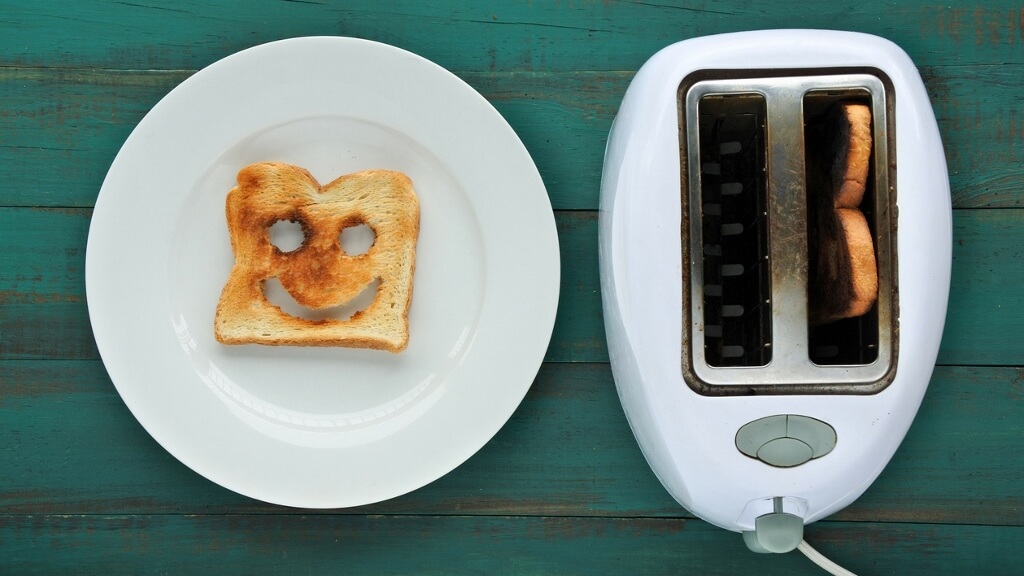How One Start-Up Used 3D Printing To Butter Up The Market
3D printing helped one company fast-track its frustration-busting invention to potential buyers.

To paraphrase Jane Austen, it is a truth universally acknowledged that a man in possession of cold butter must be in want of a warm knife.
However, while the difficulty of spreading cold butter on to a slice of bread has long been known, it is only within the last two years that a heated butter knife has come to market.
The idea for the EasiSpread, as it came to be known, came about after Ghazi Chowdrey witnessed his father’s frustration at being able to spread cold butter on to his bread.
During a conversation with his friends Amit Pala and Imtyaz Ali, realisation dawned that there was a simple and highly effective way of addressing this issue. The trio soon began work on their first product – a heated butter knife – and formed AGI Solutions Ltd in order to bring their invention to market.
Capitalising on Pala’s experience as a senior applications engineer, working in defence, aerospace, automotive, and industrial electro-mechanical design, the company designed an instantly heating knife that could be recharged in its own convenient docking station.
3D printing a production-ready part
A working prototype was required if AGI Solutions were to engage with investors and ignite their interest in the product, so Pala submitted a CAD model of the knife to Proto Labs, a manufacturer of prototypes and on-demand production parts.
Once they had been analysed, 3D printing technology was employed to develop the designs for the knife’s blade and handle into proof-of-concept parts, using plastics appropriate for the final, manufactured product.
3D printing technology is especially useful in rapid design cycles, which can reduce the time needed to manufacture a part, make improvements during a given time frame, or elements of both.
It also enables designs to be optimised ahead of the actual manufacturing process, which can reduce overall costs, even if 3D printing isn’t used as the end process itself.
What’s more, the technology allows complex design or single components to be manufactured in such a way that, had they been produced using more traditional methods, would have comprised of a number of different parts.
3D printing, depending on the requirements of the design, can be a flexible and relatively inexpensive process. This makes it ideal for start-ups and designers like Pala when building complex prototypes, allowing them to consider and roll out differing product mixes at any stage of the production process.
Once they had produced 3D printed “show and tell” parts, the AGI team then carried out ergonomic testing and took their production-ready prototype to investors to allow the overall concept to be validated.
“We approached Proto Labs to 3D print our product,” says Chowdrey, “which resulted in excellent products to take to market, showing exactly what the finished article will look like when it goes into full manufacture.”
Developing ideas into solutions
The team recognised that their idea could also be applied to another frustration commonly experienced in the kitchen; that of being unable to scoop ice cream straight from the freezer. Using the basic concept of the butter knife as a starting point, Pala designed a scoop that could be heated to a temperature at which even the hardest ice cream could be served.
It was possible in both cases to detach the utensil from the rechargeable handle so that, while the scoop or blade was being washed, the handle could be placed in the docking station to be charged, ready for its next use.
In 2015, EGI’s products, the EasiSpread and the EasiScoop, were entered into the British Inventors’ Project Awards, where they achieved recognition by reaching the top 20. The inventions went on to gain further valuable exposure when they were featured at the Gadget Show Live exhibition at the NEC in Birmingham.
Chowdrey, Pala and Ali are currently engaged in pitching to potential investors to secure funding ahead of launching their products to market. Adopting the umbrella brand “EasiChef”, AGI has the cope to invent and develop a range of innovative kitchen gadgets and utensils for the in the future.
As technology continues to develop and evolve, so AGI Solutions’ success illustrates how advanced manufacturing techniques such as 3D printing can allow a kitchen table conversation to develop into a design created on a CAD screen, before quickly being manufactured into a solution for an everyday problem, while simultaneously establishing a successful and innovative new business.
Stephen Dyson is head of industry 4.0 at Proto Labs.
Thanks for signing up to Minutehack alerts.
Brilliant editorials heading your way soon.
Okay, Thanks!

